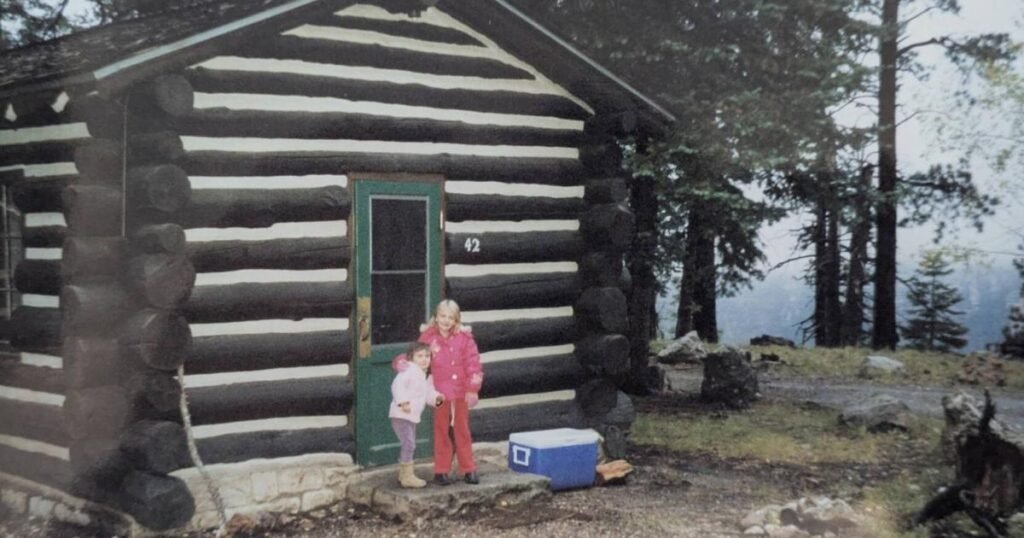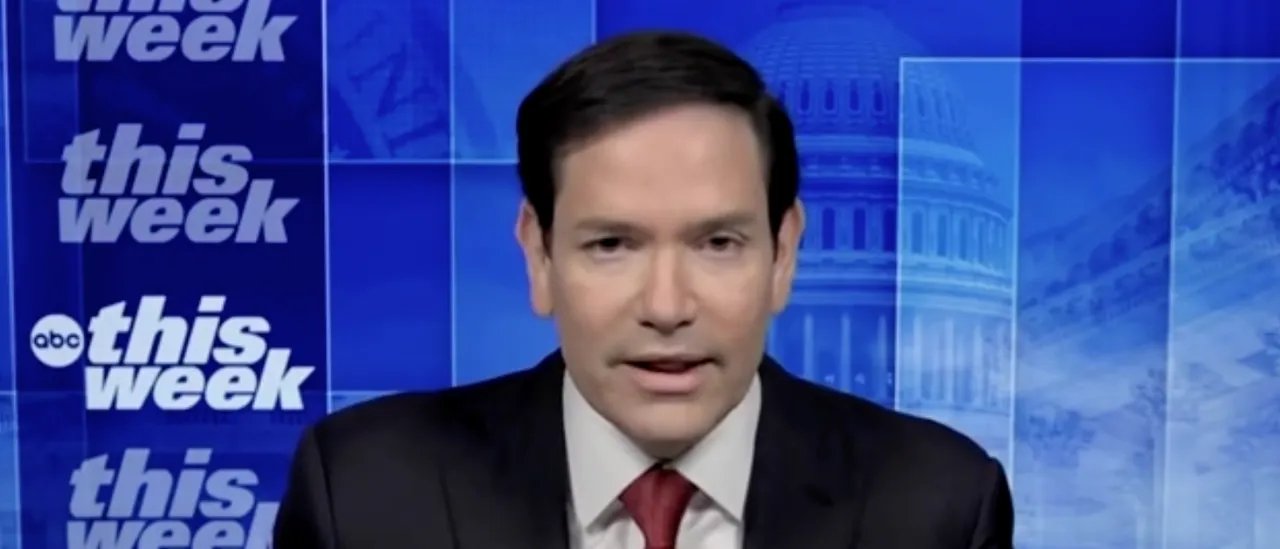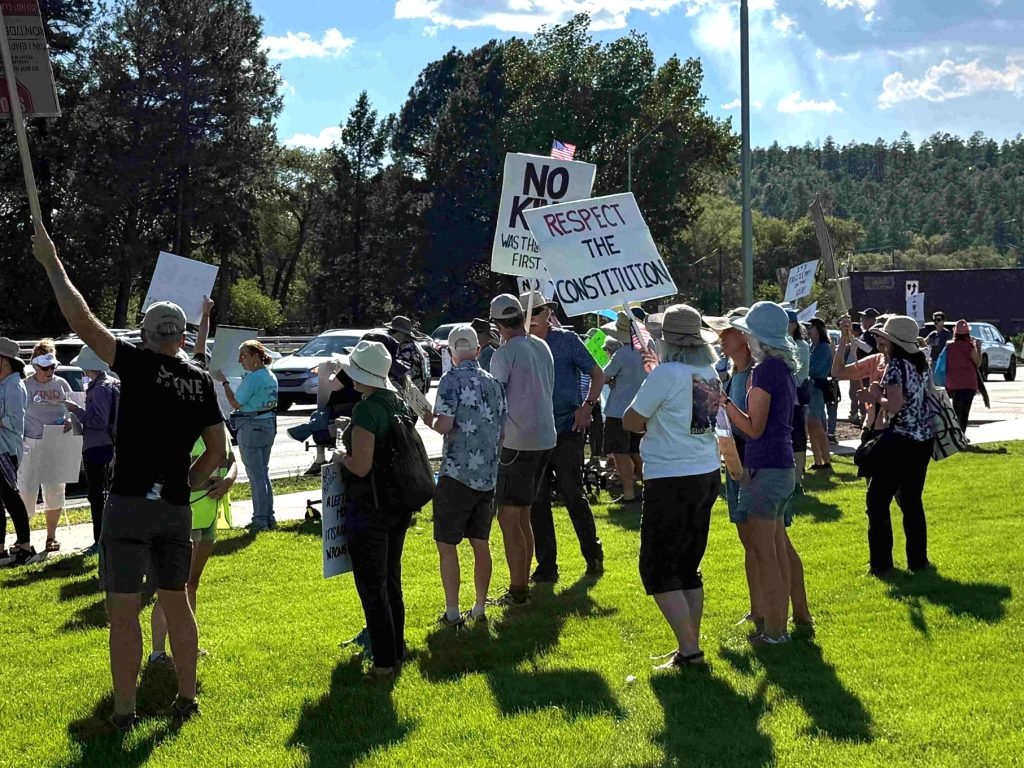Devastation at Grand Canyon Lodge
As a child, I vividly remember standing on the South Rim of the Grand Canyon, mesmerized by a distant glow. It was the warm lights from the Grand Canyon Lodge on the North Rim, a reminder of the canyon’s vastness and the small community just across the way.
However, this past Sunday, that light transformed into a fierce blaze as flames consumed the lodge, leaving only ashes and destruction in their wake.
From the South Rim, my friend—who still resides there—now sees smoke rising where a vibrant community once thrived, filled with park ranger homes, historic cabins, and dense Ponderosa forests. What remains is a reminder of cherished memories now lost.
I had a different upbringing, being the child of two retired National Park Service Rangers. I grew up just ten minutes from the well-known South Rim of the Grand Canyon, from my early childhood to high school graduation.
The South Rim attracts the majority of the park’s over 4 million annual visitors. In contrast, the North Rim, only 10 miles away, sees about 10% of that, as it’s a four-hour drive from the nearest access points.
The Grand Canyon Lodge, a cozy structure dating from 1928 and originally built for the Concessionaire Union Pacific Railway, was a highlight of the North Rim. Unfortunately, after a fire in 1932 destroyed the original, it was replaced in 1937.
History repeated itself on Sunday night when the Dragon Bravo Fire engulfed the lodge and approximately 50-80 other buildings, erasing a community that had seen its share of challenges. This was confirmed in a news release on Monday.
Unlike the fire in 1932, which left two cabins standing, this time the flames eradicated the entire community.
It’s heart-wrenching to see such devastation, and despite my faith that the community will emerge stronger, I cannot ignore the profound sense of loss for familiar places.
For many, the North Rim represented a beautiful, tranquil getaway. Yet for those of us connected to the Grand Canyon, it was home.
My family spent countless holidays and school breaks there, enjoying the quieter Ponderosa forests compared to the bustling South Rim we called home.
Every visit meant running through the lodge and excitedly reaching for the statue of Brighty The Burro, our childhood icon.
We would also stop at the Jacob Lake Inn, which fortunately remains standing and has now become a staging area for over 250 firefighters.
North Rim was our playground; we learned, laughed, built forts, climbed trees, and created lasting memories there. Although we didn’t live there year-round, it felt like an extension of home, just a short distance away.
Completing a rim-to-rim hike there instilled in us a love for nature and the outdoors. My sister and I would light campfires, deepening our connection to the Grand Canyon.
In 2016, our close friends Bentley and Amara Posey Monk were married on the lodge’s patio, celebrating their love in a place filled with memories. They had plans to return with their daughters next year.
My sister and I became Junior Rangers multiple times, filling out workbooks, often on the sofa of the lodge, and enjoying every minute.
Many visitors might not grasp how intertwined the lives of park staff and their families are with the North Rim. There are just 22 residents in winter when the park sees fewer visitors.
For those who care for the park, the developed areas of North Rim were not just jobs; they were homes and communities. My parents’ friends lost everything on Sunday. Their lifelong possessions and memories burned away in an instant.
As in the 1930s, the North Rim will rise again. The community will rebuild, and the Ponderosa Forest, known for its resilience, will slowly but surely recover.
Meanwhile, the pain and loss felt by the Grand Canyon community are profound. From the perspective of a child of the canyon, I send love to all impacted by this tragedy and hold my memories of the North Rim close. I am thankful for having experienced the magic of that place.







